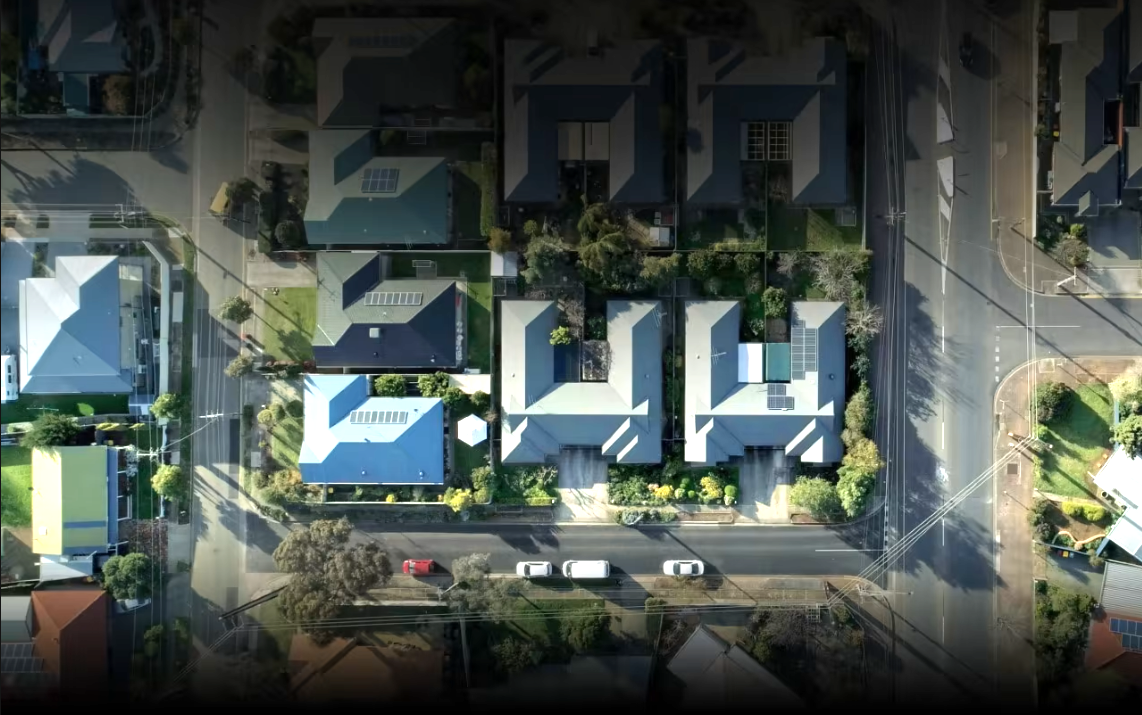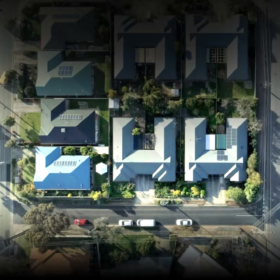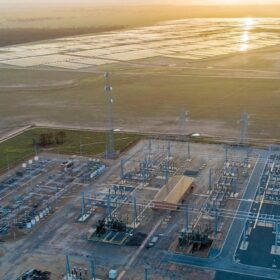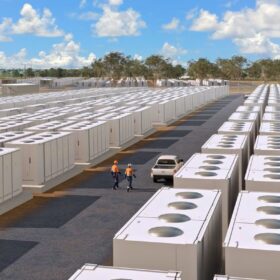Hobart-headquartered Incat has launched the world’s largest battery-electric ship, successfully floating the 130-metre-long Hull 096 from the company’s shipyard into the River Derwent.
Constructed for South American ferry operator Buquebus, Hull 096 is equipped with more than 250 tonnes of batteries and an energy storage system comprising more than 40 MWh of installed capacity. The energy storage system, which is four times larger than any previous maritime installation in the world, is connected to eight electric driven waterjets supplied by technology partner Wärtsilä.
Incat Chairman Robert Clifford said the lightweight aluminium zvessel sets a new global benchmark for the shipping industry and places Tasmania on the worldl stage for maritime innovation.
“This is a historic day, not just for Incat, but for the future of maritime transport,” he said. “We’ve been building world-leading vessels here in Tasmania for more than four decades, and Hull 096 is the most ambitious, most complex, and most important project we’ve ever delivered. This ship changes the game.”
Incat Chief Executive Officer Stephen Casey said the lightweight aluminium vessel “proves that large-scale, low-emission transport solutions are not only possible, they are ready now.”
When it enters service, the catamaran will carry both passengers and freight between Argentina and Uruguay. It will operate entirely on battery-electric power, carrying up to 2,100 passengers and 225 vehicles across the River Plate at up to 25 knots per hour.
The batteries on Hull 096 will keep the vessel running for 90 minutes and chargers will be installed at the ship’s berths in Argentina and Uruguay. A full charge is expected to take 40 minutes.
“It’s the future of short, sea shipping,” Clifford said. “Today, the technology is good for 80 to 160 kilometres. It won’t be long until it’s good for 320 km, and maybe in 10 years’ time it’s good for 640 km. So the advancement of electrical ships is going to continue.”
“A lightweight ship that weighs half the weight of a steel ship will require half the electricity to drive it. Now, that’s important but it’s even more important for a ferry boat because it means half the charging time when it comes to port.”
Incat said work will now continue on the vessel’s interior, with final fit-out and sea trials scheduled for later this year.
This content is protected by copyright and may not be reused. If you want to cooperate with us and would like to reuse some of our content, please contact: editors@pv-magazine.com.









By submitting this form you agree to pv magazine using your data for the purposes of publishing your comment.
Your personal data will only be disclosed or otherwise transmitted to third parties for the purposes of spam filtering or if this is necessary for technical maintenance of the website. Any other transfer to third parties will not take place unless this is justified on the basis of applicable data protection regulations or if pv magazine is legally obliged to do so.
You may revoke this consent at any time with effect for the future, in which case your personal data will be deleted immediately. Otherwise, your data will be deleted if pv magazine has processed your request or the purpose of data storage is fulfilled.
Further information on data privacy can be found in our Data Protection Policy.